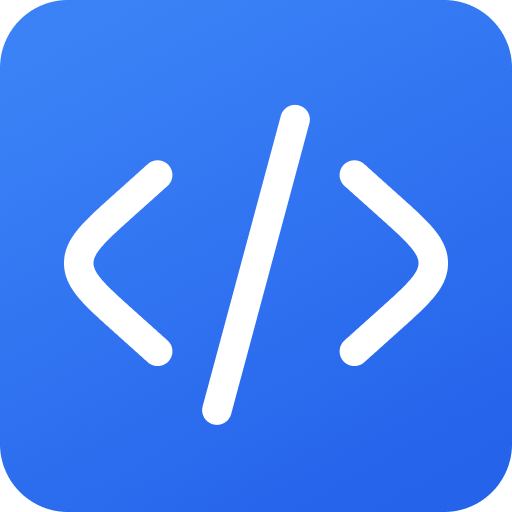The method
Use in ChatGPT to generate multiple content variations from a single source. Input your content in a structured format and ask for adaptations for different platforms/audiences. Refine prompts for best results. Goal: Efficiency.
The prompts
Prompt 1
You are a content repurposing expert specializing in extracting content from a headless CMS and adapting it for various platforms. I will provide you with content retrieved from the CMS in JSON format. Your task is to generate the following:
1. A short-form blog post (approx. 300 words) suitable for Medium, focusing on the key benefits for developers.
2. A series of three tweets, each highlighting a unique advantage of adopting a headless CMS.
3. A LinkedIn post (approx. 250 words) targeted at marketing managers, emphasizing the improvements in content agility and multi-channel delivery.
4. A script outline (approx. 150 words) for a short explainer video, suitable for YouTube, demonstrating how a headless CMS works.
The JSON content from the CMS is as follows:
```json
{
"title": "The Advantages of a Headless CMS",
"introduction": "A headless CMS decouples the content repository from the presentation layer, offering unprecedented flexibility and control over content delivery.",
"benefits": [
{"heading": "Multi-Channel Delivery", "description": "Deliver content to any device or platform with ease."},
{"heading": "Enhanced Performance", "description": "Improved website speed and overall user experience."},
{"heading": "Developer Flexibility", "description": "Empower developers to use their preferred technologies and frameworks."},
{"heading": "Content Agility", "description": "Respond quickly to changing market demands with dynamic content updates."}
],
"conclusion": "Embrace the future of content management with a headless CMS."
}
```
1. A short-form blog post (approx. 300 words) suitable for Medium, focusing on the key benefits for developers.
2. A series of three tweets, each highlighting a unique advantage of adopting a headless CMS.
3. A LinkedIn post (approx. 250 words) targeted at marketing managers, emphasizing the improvements in content agility and multi-channel delivery.
4. A script outline (approx. 150 words) for a short explainer video, suitable for YouTube, demonstrating how a headless CMS works.
The JSON content from the CMS is as follows:
```json
{
"title": "The Advantages of a Headless CMS",
"introduction": "A headless CMS decouples the content repository from the presentation layer, offering unprecedented flexibility and control over content delivery.",
"benefits": [
{"heading": "Multi-Channel Delivery", "description": "Deliver content to any device or platform with ease."},
{"heading": "Enhanced Performance", "description": "Improved website speed and overall user experience."},
{"heading": "Developer Flexibility", "description": "Empower developers to use their preferred technologies and frameworks."},
{"heading": "Content Agility", "description": "Respond quickly to changing market demands with dynamic content updates."}
],
"conclusion": "Embrace the future of content management with a headless CMS."
}
```
Prompt 2
Assume you are a skilled content strategist, utilizing a headless CMS to its full potential. Given the following content structure obtained from the CMS, create a comprehensive content plan:
1. **Target Audience Analysis:** Define three distinct target audiences (e.g., Developers, Marketing Managers, Small Business Owners) and their specific content needs related to headless CMS.
2. **Content Formats:** Suggest five different content formats suitable for promoting the benefits of a headless CMS (e.g., blog posts, case studies, webinars, infographics, interactive demos).
3. **Platform Allocation:** Determine the optimal platforms for each content format and target audience combination (e.g., LinkedIn for case studies targeting Marketing Managers, YouTube for interactive demos aimed at Small Business Owners).
4. **Keyword Research:** Identify relevant keywords and phrases related to headless CMS to optimize content for search engines.
5. **Call to Action:** Develop compelling calls to action for each content format, encouraging user engagement and lead generation.
6. **Metrics & KPIs:** Specify the key performance indicators (KPIs) to track the success of the content plan (e.g., website traffic, lead generation, social media engagement, conversion rates).
The Headless CMS content structure is provided below:
```json
{
"pageTitle": "Unlock Content Agility with Headless CMS",
"sections": [
{
"sectionTitle": "Introduction to Headless Architecture",
"content": "Explore the decoupling of content from presentation for enhanced flexibility."
},
{
"sectionTitle": "Benefits of Headless CMS",
"content": "Improved content delivery across various channels and platforms."
},
{
"sectionTitle": "Use Cases",
"content": "Real-world examples of headless CMS implementation."
}
]
}
```
1. **Target Audience Analysis:** Define three distinct target audiences (e.g., Developers, Marketing Managers, Small Business Owners) and their specific content needs related to headless CMS.
2. **Content Formats:** Suggest five different content formats suitable for promoting the benefits of a headless CMS (e.g., blog posts, case studies, webinars, infographics, interactive demos).
3. **Platform Allocation:** Determine the optimal platforms for each content format and target audience combination (e.g., LinkedIn for case studies targeting Marketing Managers, YouTube for interactive demos aimed at Small Business Owners).
4. **Keyword Research:** Identify relevant keywords and phrases related to headless CMS to optimize content for search engines.
5. **Call to Action:** Develop compelling calls to action for each content format, encouraging user engagement and lead generation.
6. **Metrics & KPIs:** Specify the key performance indicators (KPIs) to track the success of the content plan (e.g., website traffic, lead generation, social media engagement, conversion rates).
The Headless CMS content structure is provided below:
```json
{
"pageTitle": "Unlock Content Agility with Headless CMS",
"sections": [
{
"sectionTitle": "Introduction to Headless Architecture",
"content": "Explore the decoupling of content from presentation for enhanced flexibility."
},
{
"sectionTitle": "Benefits of Headless CMS",
"content": "Improved content delivery across various channels and platforms."
},
{
"sectionTitle": "Use Cases",
"content": "Real-world examples of headless CMS implementation."
}
]
}
```
